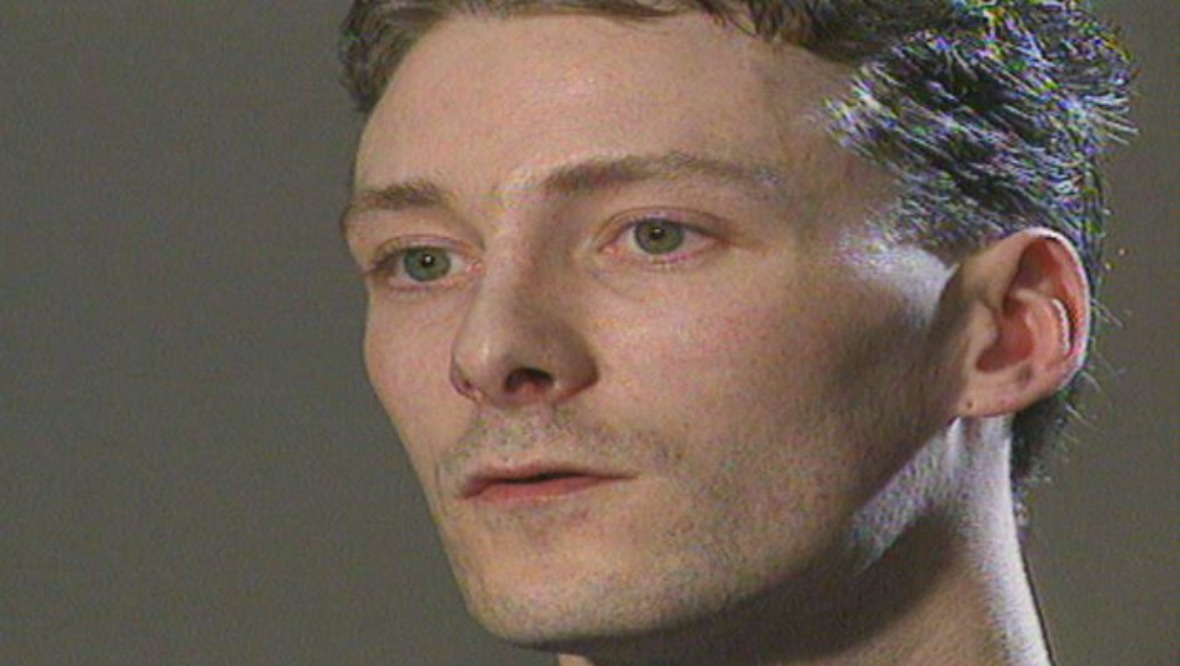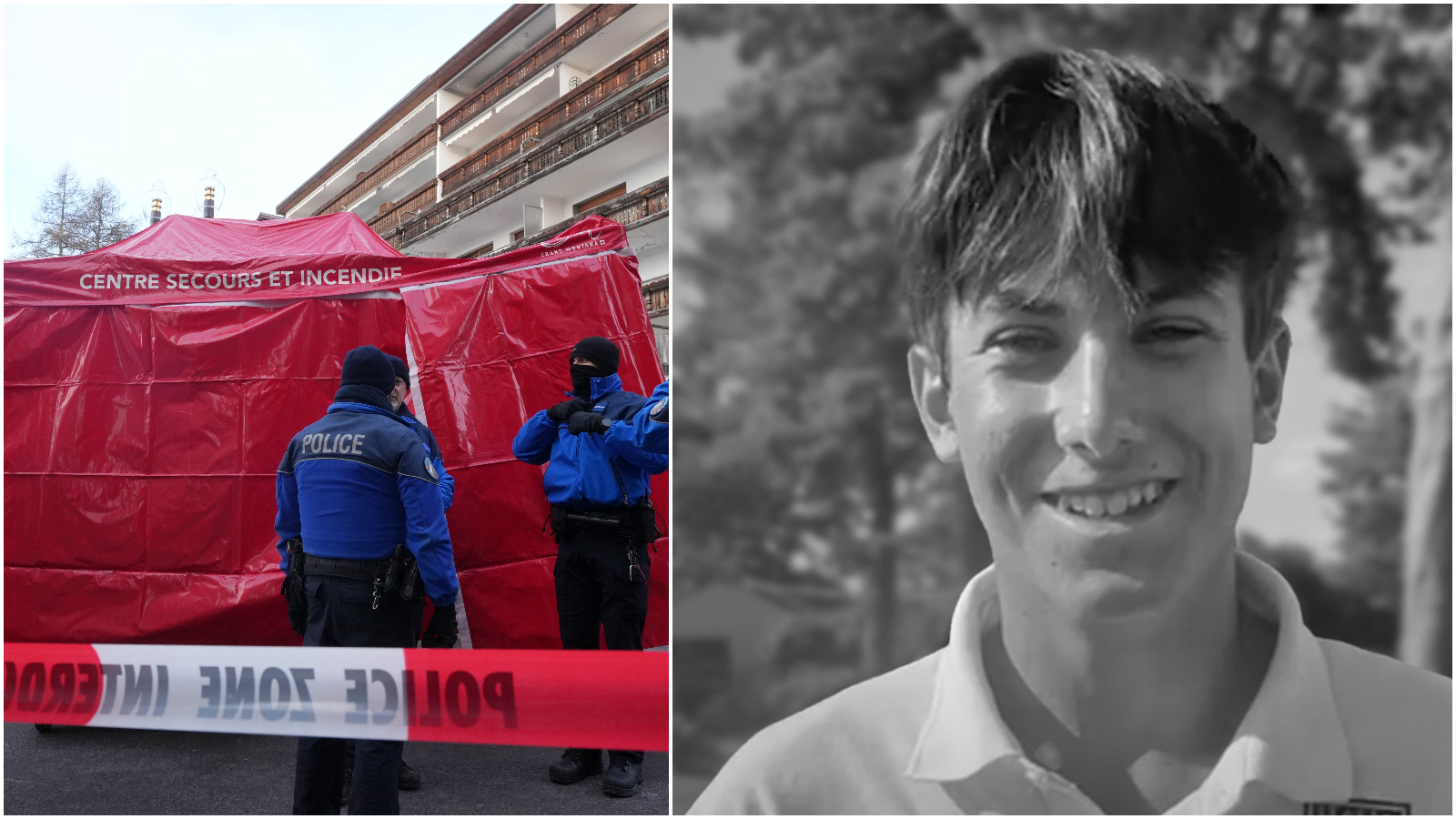When Paddy Hill was released from prison having been framed for the Birmingham pub bombings of 1974, he said that the people in the appeal court couldn’t spell justice never mind dispense it.
To this day, the irrepressible Hill carries the scars of a 17-year incarceration for a crime he did not commit. His anger has been put to good use. He founded MOJO (The Miscarriages of Justice Organisation) to campaign on behalf of those with no voice in a system which is loath to admit to fallibility.
Fallible. It’s a comforting word, isn’t it, as it implies that human frailties lead to miscarriages of justice. But the whole sorry history of such outrages teach us that corruption by police officers and prosecutors can lead to the deliberate targeting of innocent people.
STV News today reveals the name of a “more likely suspect” than the man jailed for the murder of Margaret McLaughlin in Carluke in 1973.
One of the most appalling acts a state can perpetrate is to imprison a citizen for a crime that he or she did not commit. To this day, there exists a casualness in the court of public opinion about such cases centred on a belief that a prisoner who protests too much must have been up to something.
There is an inclination to disbelieve that the police are occasionally incompetent, sometimes have tunnel vision in an investigation and on other occasions are plain corrupt. There is even less inclination to accept that prosecutors could have anything to do with sustaining injustice.
And there’s another word that is often used and rarely defined as it relates to the police and court system: justice. Earlier in my career I made a couple of documentaries seeking to question the evidence that resulted in a man’s conviction for murder.
In the case of Stuart Mitchell Gair, I learned an important lesson. There isn’t a ‘justice’ system for the end game of proceedings that are frequently unjust, both from the point of view of an accused and the victims of crime.
In the Gair case, a co-accused testified that he (Gair) stabbed a man in a lane in Glasgow city centre in April 1989. Four witnesses around the locus of the crime testified, with varying degrees of reliability, that Gair was in North Court Lane. He was duly sentenced to life imprisonment for the murder of Peter Dewar Smith.
STV broadcast two documentaries, one in 1994 and again in 1998. Three key Crown witnesses admitted on camera to giving perjured evidence, some claiming they were being blackmailed by the police, in this case a threat to reveal their homosexuality. Their secret would be safe as long as they incriminated Gair.
Two alibi witnesses, who did not give evidence at Gair’s trial, told me that Stuart Gair was with them watching TV in a guest house in the West End of Glasgow when the murder occurred. The jury did not hear from them.
Despite the fact that the victim, Peter Smith, was the subject of a brutal knifing, there was not a scrap of forensics linking Gair to the crime.
For months I lived with the detail of this case and became convinced it was the most egregious miscarriage. In the notorious cases against Paddy Meehan in 1969 (the Rachel Ross murder) and TC Campbell and Joseph Steel in 1984 (the Doyle family murders) the evidence was not as overwhelming as it appeared against Stuart Gair.
For those wrongly convicted, the strength of the prosecution case is in a sense neither here nor there, if imprisonment is the order of the day. But in the Gair case it was the scope of the framing that shocked me.
During his trial, when his co-accused initially said he did not know Gair and that the police gave him a story for the witness box, the Advocate Depute threatened him with a perjury charge and threw him in the cells over lunchtime.
The police then threatened him before he returned to the witness box to stick to the story they had sent him to court to give. This amounted in my view to the Crown extorting evidence.
Gair was the subject of a police fit up, aided by the prosecution who also concealed evidence from the defence as to the mental state of a key witness. To make matters worse, the defence did not fully explore Gair’s special defence of alibi.
A mix of corruption and incompetence sent him to jail for a crime he did not commit. He was simply left with his thoughts for 13 years behind bars.
I took the findings of the two programmes to Graeme Bell QC, at that time the leading Advocate in the matter of criminal appeals. I was staggered by his forensic dismantling of the two programmes from a legal perspective.
He explained that to get the murder conviction quashed I needed fresh evidence which legally speaking meant: ‘Evidence which was not available at the time of the trial, could not have reasonably been made available and is of such a quality that no reasonable jury would have convicted.’
I told him that three witnesses had admitted on camera to giving perjured evidence. Surely that is new evidence? No, came the reply, the truth was available to give at the time of the trial, they chose not to tell it. That evidence was available, so it does not meet the threshold for new evidence.
What about the alibi witnesses? Well, they were on the defence witness list and were not called. They were therefore available at the time of the trial so what they say now is not fresh evidence.
So let me get this right Mr Bell, I inquired. Every witness could say they lied and it would do no good because it is not new evidence since they could have told the truth at trial? Correct, came the reply.
I formed the view that the only way to get Gair out was to find the real killer.
And then came the Sutherland Committee, which was to recommend the establishing of the Scottish Criminal Cases Review Commission. I was one of only two non-lawyers to give evidence to the committee, the other being Dr Jim MacGregor, a GP who had taken up Gair’s plight.
The establishing of the SCCRC led to a more liberal approach being taken to criminal appeals and in the subsequent years convictions have been quashed. In the days prior to the SCCRC it was quite rare for a murder conviction to be set aside.
I learned a number of lessons from the Gair case. The first was that the notion that police corruption was an English only problem was just plain wrong. One former police officer – and only half in jest – told me he quit being a cop because he got tired of giving perjured evidence.
The second lesson is that the system will go to extraordinary lengths to protect a conviction and will string the process out as long as possible, further compounding the misery of the tortured soul whose freedom has been stolen by the state.
In the Gair case, the grounds of appeal that spoke to corruption were initially rejected. His conviction was eventually quashed on a ‘minor’ ground which meant that the appeal court did not have to then consider the other grounds pointing to a system which, in his case, failed any basic notion of justice.
It seems to this observer that when a conviction is binned it is on a point that is less likely to induce a public outcry.
The main conclusion that I reached is that we do not have a ‘justice system’. In a sense if justice is meant to always convict the guilty and acquit the innocent it is bound to fail, for no system can deliver that in a world of human foibles.
When you add to the mix botched investigations, cases incompetently prosecuted and defended and the tendency for some witnesses to perjure themselves, then the very notion of justice can become a lottery.
Even ‘expert’ witnesses from fingerprint specialists to pathologists have been known to get it wrong, mistakes that come sometimes with catastrophic ramifications.
There’s not a week goes by when our news programmes do not highlight the plight of some individual or family complaining about not getting ‘justice’.
Although the courts get it right most of the time in terms of guilt and innocence, the very process is about testing evidence against a criminal charge, no more and no less.
Frequently outcomes are just, untainted by corruption or evidential shenanigans. Sometimes they are not.
We have a court system which tries individuals according to law. That is something quite different from a justice system. It’s a reality many have lived with, including Stuart Gair.
Gair won his freedom but it was short lived. On the verge of a payout for his incarceration he died of a heart attack in 2007 at the age of 44.

 STV News
STV News

























